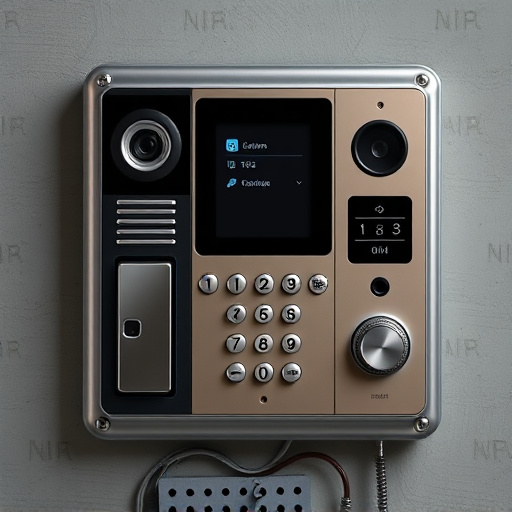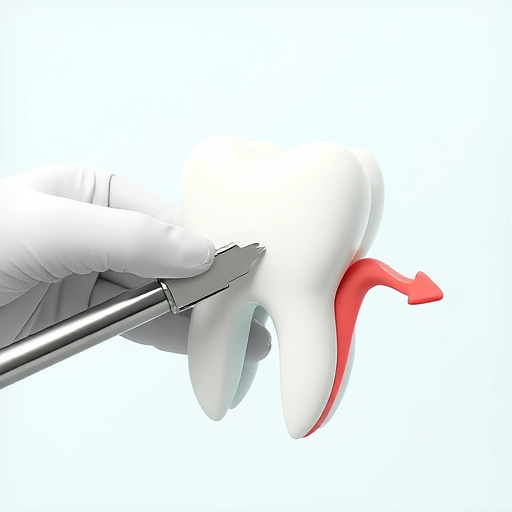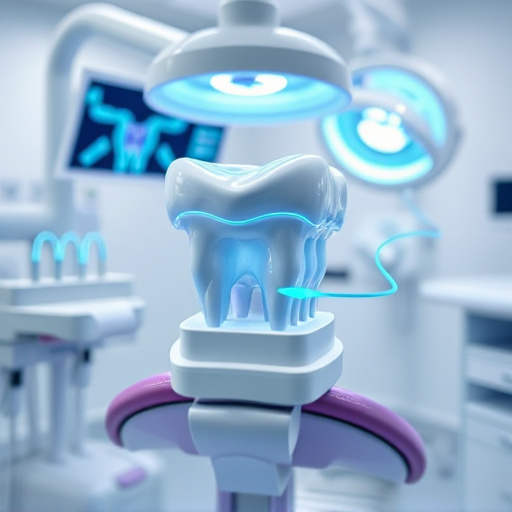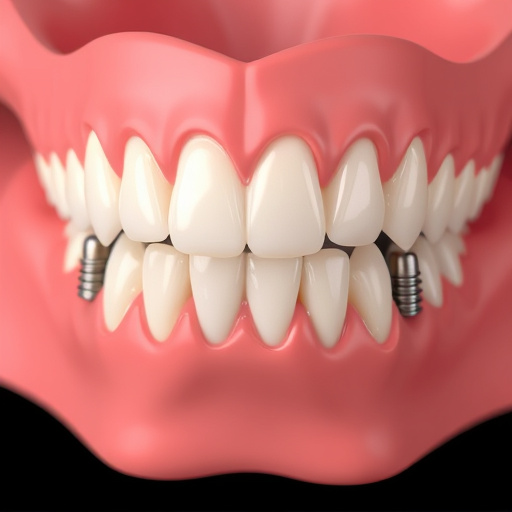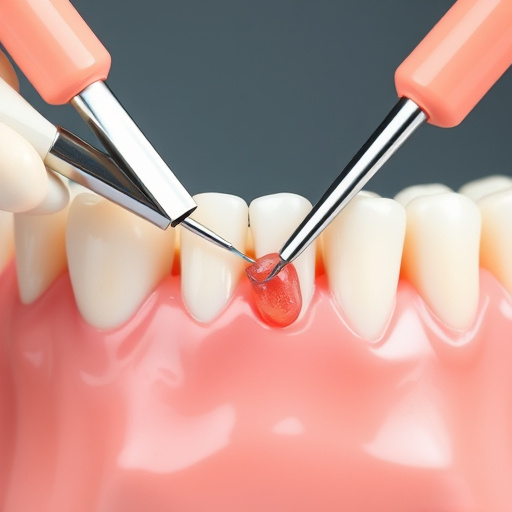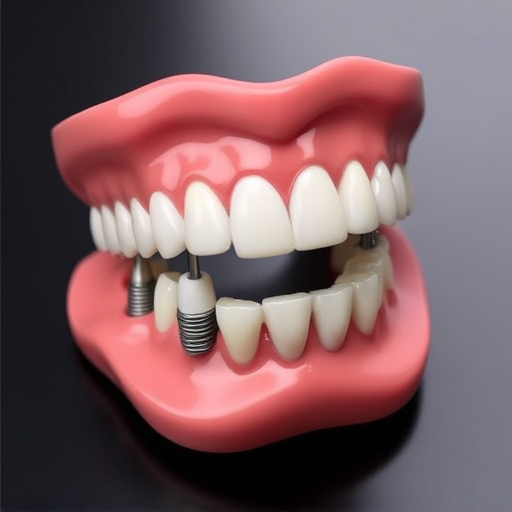Designing handicap accessible dental rooms requires open layouts with minimal obstacles, wide doorways, and adjustable lighting. Essential features include raised work stations, ample space, tactile floor markings, and cosmetic fillings for inclusive access. Universal design elements such as low-height counters, wheelchair-friendly fixtures, and clear signage enhance accessibility. Proper lighting, accessible storage, and non-slip flooring further improve safety and ease of use, catering to diverse patient needs including children's dentistry, while ensuring efficient emergency care.
Introducing our comprehensive guide on creating handicap accessible dental rooms with exceptional layouts. In today’s inclusive world, ensuring every patient receives quality care without barriers is paramount. This article delves into the key design principles and strategies for designing such spaces, from maximizing compact areas to implementing safety features. We explore universal design elements, best practices for a welcoming environment, and adaptive technologies that enhance accessibility, making dental care more accessible and comfortable for all.
- Design Principles for Handicap Accessible Dental Rooms
- – Key considerations in designing inclusive dental spaces
- – Universal design elements for ease of access and navigation
Design Principles for Handicap Accessible Dental Rooms

When designing handicap accessible dental rooms, several key principles come into play to ensure comfort and ease for all patients, regardless of their mobility needs. The primary focus should be on creating an open and spacious layout that accommodates various types of disabilities. This involves minimizing obstacles like heavy furniture or sharp corners, which can pose challenges for those using wheelchairs or other assistive devices.
Wide doorways, ample space between dental equipment, and raised work stations are essential features to consider. Additionally, incorporating adjustable lighting and tools can cater to patients with visual impairments or limited dexterity. The use of clear, consistent signage and tactile floor markings also aids in navigation. Moreover, integrating cosmetic fillings, teeth cleaning stations, and clear aligner treatment areas within the accessible space ensures that all dental services are inclusive and tailored to diverse patient needs.
– Key considerations in designing inclusive dental spaces

When designing handicap accessible dental rooms, several key considerations come into play to ensure inclusivity and comfort for all patients. One of the primary focuses should be on creating spacious layouts that accommodate various mobility needs. This involves ample clear space for wheelchairs, wide doorways, and low-height counters and fixtures, making it easier for individuals with limited mobility or disabilities to navigate the room comfortably.
Additionally, incorporating visual and tactile cues, such as braille signage and non-slip flooring, enhances accessibility. Ensuring proper lighting is another crucial aspect, as good illumination aids in visual tasks and promotes a sense of safety and comfort. Moreover, providing adequate storage space at accessible heights caters to patients with physical limitations, contributing to a more inclusive dental environment that facilitates comprehensive dental care for all, including children’s dentistry.
– Universal design elements for ease of access and navigation

In designing handicap accessible dental rooms, universal design elements play a pivotal role in ensuring ease of access and navigation for all patients, including those with disabilities. Features such as wide doorways, lowered countertops, and wheelchair-friendly fixtures enable patients to move around freely and comfortably. These adaptations not only cater to the needs of individuals with physical limitations but also enhance accessibility for elderly patients or those temporarily mobility-impaired.
Moreover, incorporating universal design principles in dental rooms facilitates efficient emergency dental care. Spacious layouts allow quick access to essential equipment and ensure that medical personnel can navigate swiftly during urgent situations. This is particularly crucial when providing restorative dentistry services or performing tooth repair procedures, as it enables dentists and their team to offer prompt and effective treatment regardless of a patient’s physical abilities.
In creating handicap accessible dental rooms, prioritizing universal design principles ensures a welcoming and comfortable environment for all patients. By incorporating spacious layouts, lower work counters, and clear navigation paths, dental practices can significantly enhance accessibility. These adaptations not only cater to individuals with disabilities but also promote inclusivity, reflecting a commitment to providing quality care to every patient. Through thoughtful design, handicap accessible dental rooms can become models of inclusive healthcare, fostering a sense of ease and security for everyone who enters.


